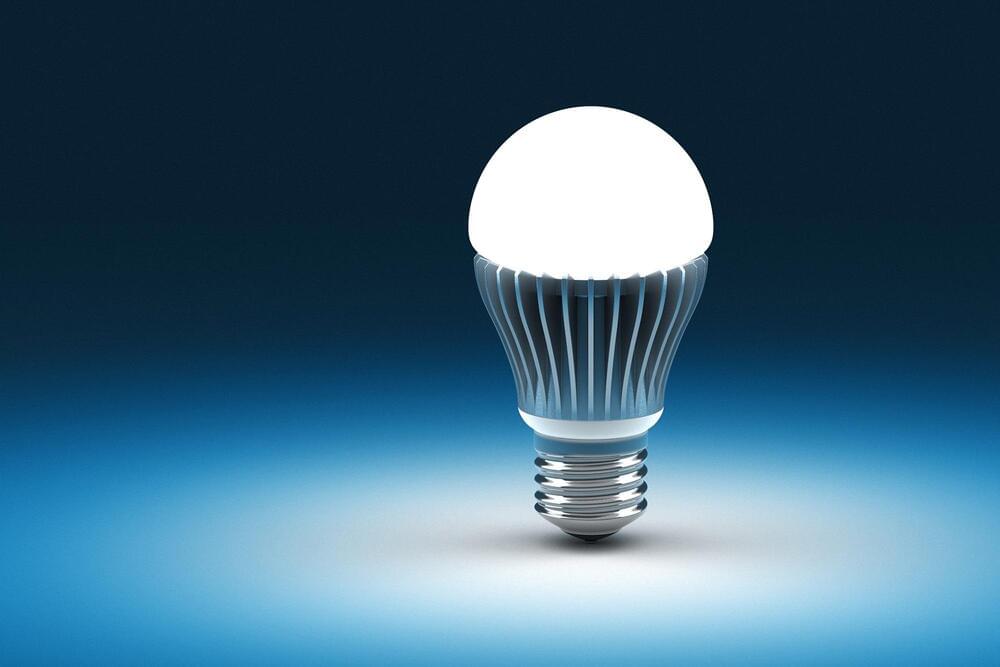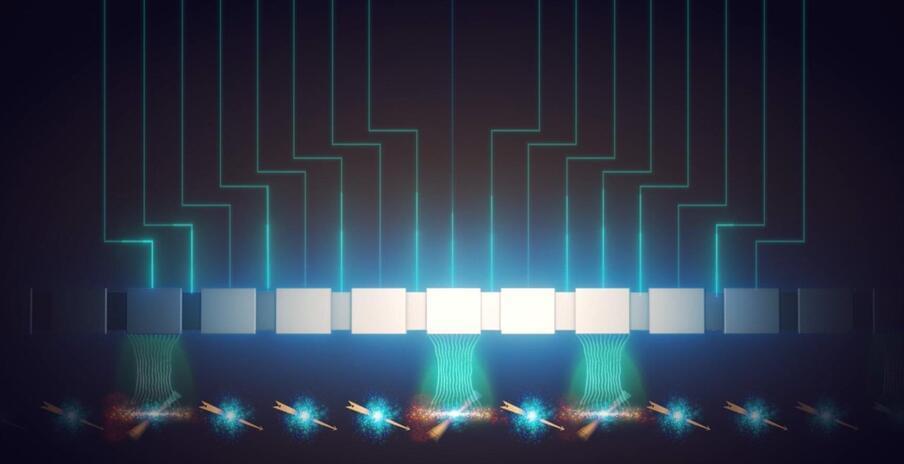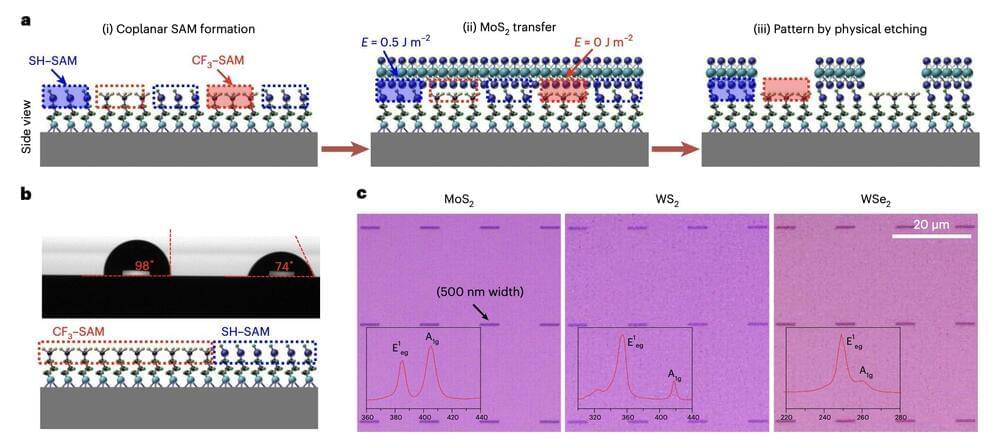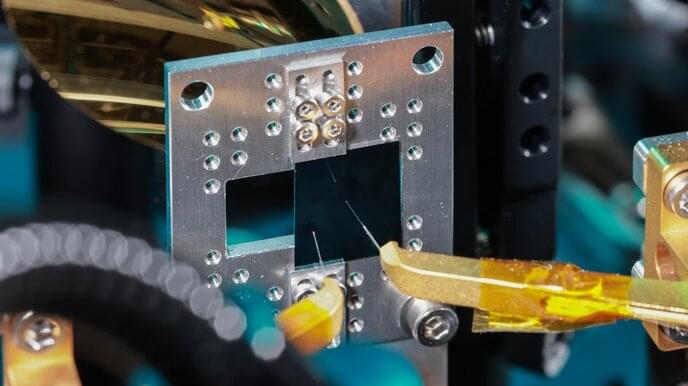Jan 12, 2023
LED Smart Lighting System Based on Quantum Dots More Accurately Reproduces Daylight
Posted by Quinn Sena in categories: computing, nanotechnology, quantum physics
Year 2022 face_with_colon_three
Researchers have designed smart, color-controllable white light devices from quantum dots – tiny semiconductors just a few billionths of a meter in size – which are more efficient and have better color saturation than standard LEDs, and can dynamically reproduce daylight conditions in a single light.
The researchers, from the University of Cambridge, designed the next-generation smart lighting system using a combination of nanotechnology, color science, advanced computational methods, electronics, and a unique fabrication process.

















